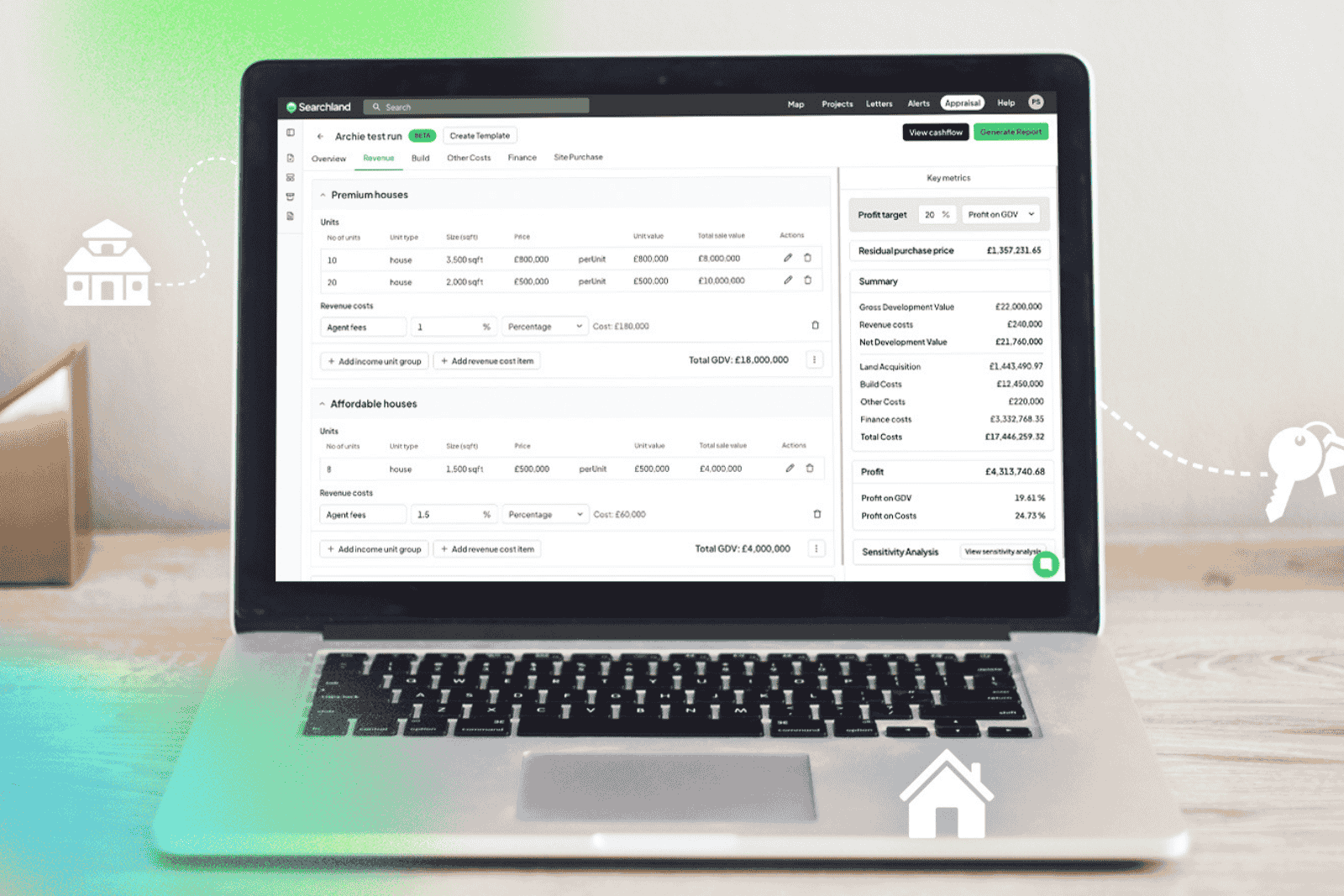Agricultural land, that is any land used for farming purposes, comprises around 17 million hectares, and over 70% of the UK land area. Given geographical variations in the landscape, soil and climate, the quality of this land differs nationally, regionally and locally.
In England and Wales the Agricultural Land Classification Guidelines (ALC) provide a grading framework to determine how well land can support agricultural use, based on the type of crops that can be grown, the extent and consistency of yield, and the costs of production. The system is designed to help inform planners, who need to use agricultural land for housing, to do so based on sustainable development.
How does the agricultural land grading system work?
The ALC system uses quality grades for agricultural land, numbered from 1-5, with subdivisions into 3a and 3b, as follows:
Grade 1: Excellent
Grade 2: Very Good
Grade 3: Good (3a) to Moderate (3b)
Grade 4: Poor
Grade 5: Very Poor
The best/higher-graded land will typically be used for high-value crops such as fruit, vegetables and cereals, whilst the poorest may only support grassland or rough grazing of livestock.
(Source: Natural England)
How can I find out if land is classified?
For planners, sources include DEFRA regional land classification maps, and, post-1988 commissioned land surveys.
The good news for developers is that the Searchland team have incorporated the Agricultural Land Classification scheme as a planning constraint layer within our online mapping system. This means that you can easily include this additional layer of information as part of your search criteria.

The screenshot above shows agricultural land designations around Basingstoke: the darker green is Grade 3, light green, Grade 2. As well as Agricultural Land Grades 1-5, included here are additional ALC categories: “Urban” and “Non-Agricultural” (“soft” uses such as golf courses and parkland, plus mineral sites and refuse tips).
Where does ALC fit into the planning process?
Planning permission is typically needed for change of use from agricultural land to other purposes. Natural England have published policy guidelines for local planning authorities for any planning application that affects agricultural land and soils. This includes obligations under the National Planning Policy Framework (NPPF).
The highest quality “best and most versatile” (BMV) land is classified as lying in Grade 1– Grade 3a . Natural England aims to safeguard this BMV agricultural land from “significant, inappropriate or unsustainable development proposals” and reserve it for food production and other high-worth crops.
Where development of agricultural land is demonstrated to be necessary, NPPF guidance states that local authorities try to use areas of poorer quality land over high quality, including that which has the least “environmental or amenity value”, whilst seeking to conserve and enhance the natural environment.
In 2012, Natural England estimated that around 41% of farmland lay within the BMV classification. A recent CPRE report highlights an increase in BMV land set aside for housing between 2010 and 2020 from around 60 ha to 6,000 ha per annum, with almost 300,000 homes built on prime farmland.
Government and Local Planning Authorities need to balance conservation and environmental targets, as well as increasingly provide for food security, against the demands of local housing needs. Whilst this means it may be hard to secure planning, especially on BMV land, the above figures show that some areas of agricultural land may be considered as “greenfield”, and suitable for urban development. This 75-dwelling scheme (below) developed on rough grazing land is one example illustrating the development of former farmland, close to existing settlements and local infrastructure.

Local Planning Authorities are also required to carry out a Strategic Housing Land Availability Assessment (SHLAA), with a “call for land” to identify suitable development sites to meet a five-year land supply for their local plans, which may necessitate consideration of greenfield sites. Our blog on Strategic Housing and Land Allocation outlines this process, including how this might provide developers with new opportunities.
So, how can Searchland help developers?
The first way, as we mentioned, is giving you seamless access to the details of agricultural land classification, as part of your overall search for land for development. If your search area includes land at the edges of urban settlements, or in semi-rural or rural locations, this will be an essential part of your targeting strategy.
An alternative approach is a pre-emptive search for agricultural land with a view to a joint application, with the local farmer or landowner, to the local authority, for inclusion in future local plans. As a first step in your search, we can help you to source potential land sites, locate the official landowners’ names, and even help draft and send a personalised letter to them directly from our platform.
Whatever your development plans, Searchland’s tools make the whole process quicker and easier, with multi-layered mapping to help you drill down through agricultural land classifications and source potential greenfield opportunities. This is an ideal way to get ahead of the competition, whether for sourcing existing development sites or as a promoted submission.








